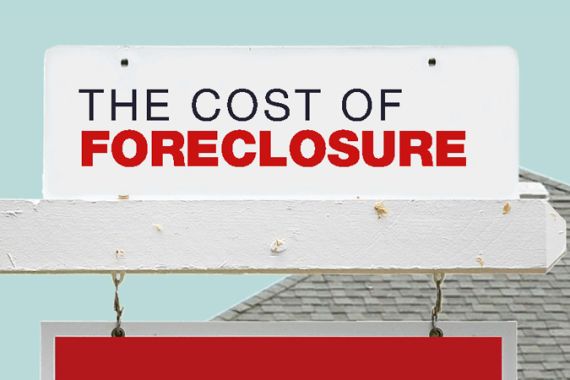Special: The foreclosure crisis
Al Jazeera examines how foreclosures have impacted ordinary people, not just in the US, but around the world.

The foreclosure crisis in the United States, which has already forced more than three million families from their homes, intensified this summer: Most major metropolitan areas reported an increased number of foreclosure warnings from banks.

Most mortgage loans in the United States are what is known as “non-recourse loans,” meaning they are secured by collateral – the debtor’s house.
If a borrower does not repay his loan, the bank can seize his house and resell it, a process known as “foreclosure”.
In the Chicago area, for example, the number of foreclosure warnings jumped by 35 per cent in June, July and August, compared to the same period in 2009. One in every eighty-four families in Chicago received a foreclosure notice, according to RealtyTrac, a foreclosure listing firm.
Foreclosure warnings in Houston increased by 26 per cent; in Detroit and Atlanta, by 20 per cent.
Keep reading
list of 4 itemsWhy are nations racing to buy weapons?
Parallel economy: How Russia is defying the West’s boycott
US House approves aid package worth billions for Ukraine, Israel
Banks have seized 816,000 homes during the first nine months of 2009, according to RealtyTrac, and they are on pace to foreclose on more than one million by the end of the year.
That is on top of the 2.8 million homes already under foreclosure in the United States – a more than 120 per cent increase from just three years ago.
Al Jazeera has been talking to homeowners affected by foreclosure – not just in the United States, but around the world – to find out how they have been impacted by bank seizures and the bursting of the real estate “bubble”.
Click the house icons on the map below to view video reports, personal stories and statistics about the crisis.